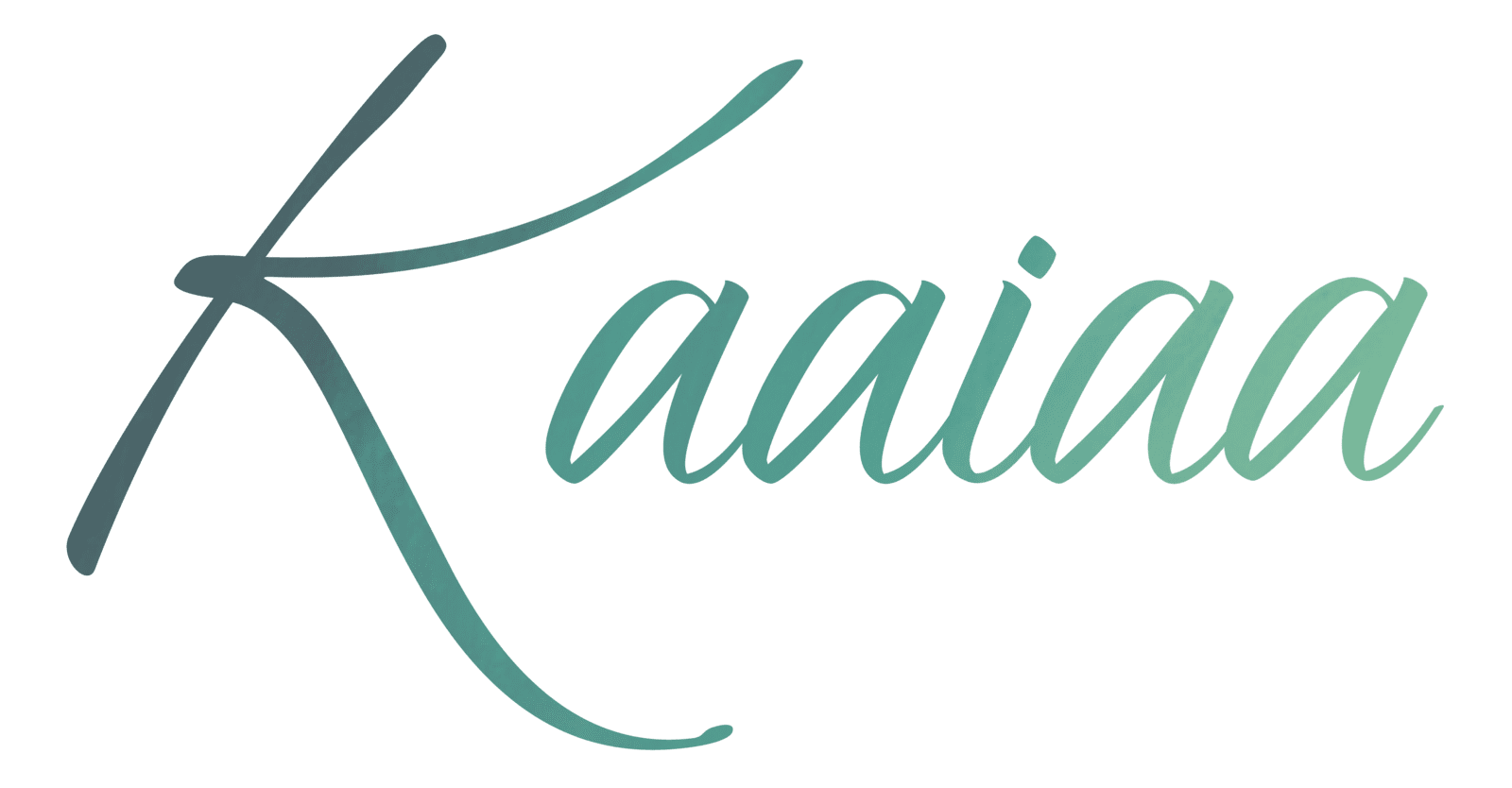Understanding the Connection and Promoting Optimal Alignment
Understanding the Connection and Promoting Optimal Alignment

Introduction
Diastasis recti is a common condition characterized by the separation of the rectus abdominis muscles, resulting in a visible gap in the abdominal wall. While diastasis recti is commonly associated with postpartum women, it can also occur in men and individuals who have experienced significant weight gain or abdominal trauma. In addition to the visible separation, diastasis recti can have implications for posture and core stability. In this article, we will explore the relationship between diastasis recti and posture, understand the impact of this condition on musculoskeletal alignment, and discuss strategies to promote optimal posture and core function.
I. Understanding Diastasis Recti:
A. Definition and Causes: Diastasis recti occurs when the connective tissue (linea alba) that joins the rectus abdominis muscles stretches and weakens, causing a separation between the two sides of the abdominal wall. Common causes include pregnancy, rapid weight gain, repetitive straining during exercises, and certain medical conditions that weaken the abdominal muscles.
B. Postpartum Diastasis Recti: Diastasis recti is particularly prevalent during pregnancy and in the postpartum period. The growing uterus puts significant pressure on the abdominal muscles, causing them to stretch and separate. Hormonal changes, such as the release of relaxin, further contribute to the softening of connective tissues.
II. The Relationship Between Diastasis Recti and Posture:
A. Core Function and Posture: The core muscles, including the abdominal muscles, pelvic floor muscles, and back muscles, play a crucial role in maintaining proper posture and providing stability to the spine. Diastasis recti can compromise core function, leading to postural imbalances.
B. Impact on Postural Alignment: Diastasis recti can contribute to an anterior pelvic tilt, where the pelvis tilts forward, causing an excessive arch in the lower back (hyperlordosis). This altered alignment can lead to imbalances in the musculoskeletal system, affecting the spine, hips, and surrounding muscles.
III. Strategies for Promoting Optimal Posture and Core Function:
A. Diastasis Recti Rehabilitation:
- Core Strengthening Exercises: Working with a qualified healthcare professional, such as a pelvic physiotherapist, can help design an exercise program that focuses on rebuilding core strength, including the deep abdominal muscles, pelvic floor muscles, and the transverse abdominis.
- Gentle Abdominal Activation: Learning to engage the deep abdominal muscles while maintaining proper breathing patterns can facilitate optimal core function and assist in reducing the separation of the rectus abdominis muscles.
B. Postural Awareness and Correction:
- Body Alignment: Being mindful of your posture throughout the day is essential. Focus on aligning your head, shoulders, and hips in a neutral position, avoiding excessive forward or backward tilting.
- Sitting Ergonomics: Ensure that your workstation is set up ergonomically, with proper chair support and alignment to maintain good posture while sitting for extended periods.
- Standing Posture: Practice standing tall with a lengthened spine, shoulders relaxed, and weight evenly distributed between both feet. Engage your core muscles gently to provide stability.
C. Lifestyle Modifications:
- Lifting Techniques: Implement proper lifting mechanics, such as using your legs rather than straining your abdominal muscles, to minimize pressure on the abdominal wall.
- Supportive Clothing: Consider wearing supportive garments or using abdominal binders or splints during activities that may place strain on the abdominal muscles, such as exercise or heavy lifting.
Conclusion:
Diastasis recti can have implications for both the appearance of the abdominal wall and musculoskeletal alignment. The separation of the rectus abdominis muscles can contribute to postural imbalances and compromise core stability. However, with appropriate rehabilitation exercises, postural awareness, and modifications to daily activities, individuals with diastasis recti can promote optimal posture, improve core function, and minimize the impact of this condition on their overall musculoskeletal health. Consulting with a pelvic physiotherapist can provide personalized guidance and support throughout the diastasis recti rehabilitation journey.


